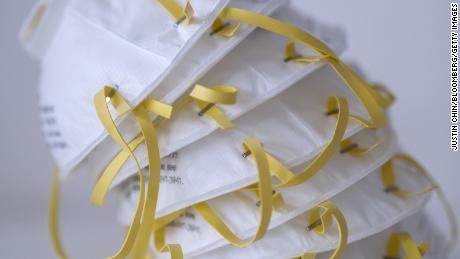He invented the N95 mask filter. The pandemic hit and he was called to help once again
He spoke with CNN’s Chief Medical Correspondent, Dr. Sanjay Gupta, about resuming his work during the most challenging health crisis of the century.
Tsai patented the technology used to make the masks in 1995.
Here’s how it works: To block up to 95% of the particles that come in contact with the mask, Tsai made the filters using the corona electrostatic charging method. Put simply, the mask’s filter contains both positive and negative charges. It can attract neutral particles, like bacteria from viruses, and polarize those particles, trapping them before they can pass through the mask.
He tried a variety of methods: He left the masks out in the sun, put them in the oven, washed them with soap and steamed them, he said.
The best method, he found, was keeping the masks in 160-degree dry heat for 30 minutes, which can be feasibly done by hanging them in an oven.
But that’s not his preferred method, he told Gupta: He recommends buying seven N95 masks and rotating them, using a new one each day. After using one mask, he hangs it in an isolated spot and doesn’t use it again for seven days, so any bacteria it catches become inactive.


N95 respirators can filter out 95% of droplets.
But people should absolutely wear masks in public, even if they’re not N95 respirators, Tsai told Gupta.
“Some people said, ‘I don’t care. I do not need to wear a mask,'” he said. “That is very selfish because you expose your germs to other people. So any mask is good.”
CNN’s Madeleine Thompson contributed to this report.
![]()


